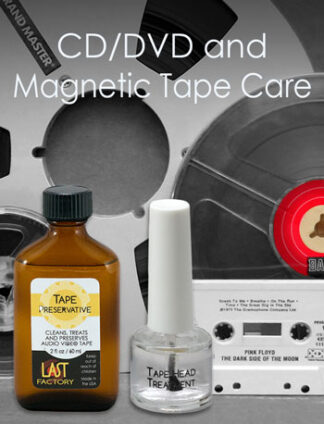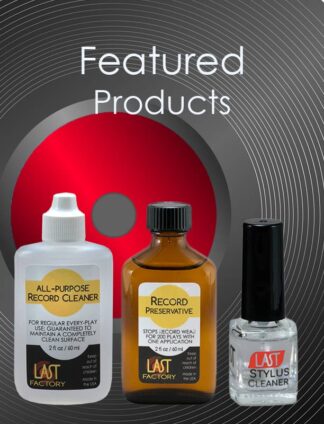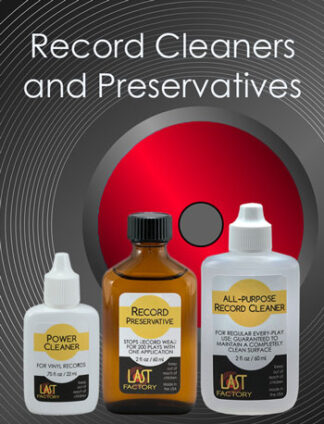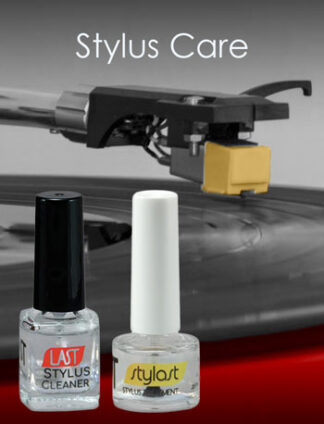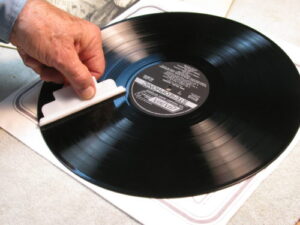 Can you apply too much Preservative to a vinyl record? The description says it cannot be overused. Some years back I came across some lp’s for sale that had been treated with Last Preservative. When I tilted them to the light I couldn’t even see the groove of the record. It was nearly smooth as glass. Can this happen with repeated use, or overuse? I have a hard time believing this doesn’t take something away from the music when it is filling irregularities on the records and coating the groove walls.
Can you apply too much Preservative to a vinyl record? The description says it cannot be overused. Some years back I came across some lp’s for sale that had been treated with Last Preservative. When I tilted them to the light I couldn’t even see the groove of the record. It was nearly smooth as glass. Can this happen with repeated use, or overuse? I have a hard time believing this doesn’t take something away from the music when it is filling irregularities on the records and coating the groove walls.
Thank you for your time. -W.D.
Thank you for your message. I have records that were treated with LAST Record Preservative going back more than 36 years. And not a single one exhibits the condition that you described. Not knowing the “Chain of Custody” or provenance, one may not be able to attribute that condition to the use (or over use) of preservative. When applied as instructed, the Preservative is absorbed into the outer 15 – 20 molecular layers of the vinyl.
The reason that we state that it cannot be overused (over-applied) has to do with the chemical dynamics of the vinyl surface. Once the treatment has been applied to the surface, it will not (cannot) accept more, at which point there will be no net transfer from the applicator. That holds, even if there was a moderate over application of treatment to the applicator.
Unfortunately, in the past, there were numerous “lubricants” that one could apply to records that were touted to reduce surface noise, improve tracking, etc, etc, etc. All of these historic products were lubricants that stayed in place (at least for awhile), and yes they did prevent the playback stylus from intimate connection with the groove wall, and did reduce the extraction of all the information from the recording. Fortunately, virtually all of those products have disappeared from the market place.
Given one of the described records, an analysis could be accomplished that could point to a specific chemistry or product. I wish that I could provide additional help, but am unable to do so without a sample.
Again, thank you for your message. Sincerely, Walter Davies


